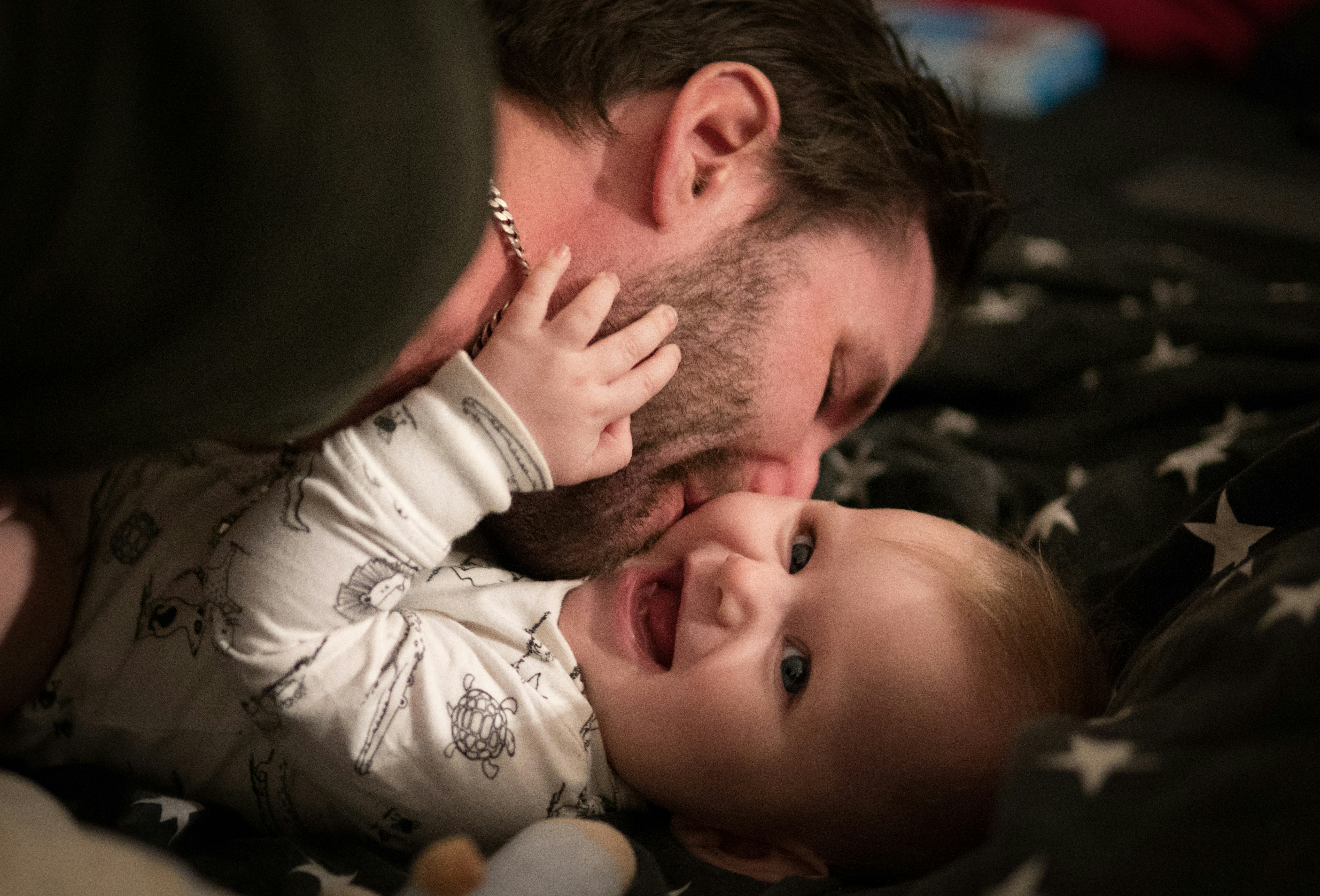
Talking about mental health at home is crucial — not just for your own wellbeing, but also to help your family understand thoughts, feelings, and behaviors. Children and partners benefit from open discussions about mental health, yet many families struggle to start the conversation.
Here’s a practical guide for parents to foster mental health conversations at home.
1. Pick the Right Moment
Choose a relaxed time to talk — during a meal, a car ride, or after watching something together. A calm, informal setting makes it easier to address serious topics like mental health.
2. Normalise Mental Health
Explain that mental health involves the full range of emotions everyone experiences. Compare it to physical health: sometimes we feel strong, sometimes vulnerable. Everyone experiences mental highs and lows.
3. Keep Introductions Short
Start small. Introduce the topic briefly to create an opportunity for open conversation. You don’t need to cover everything at once.
4. Mental Health Is About Wellbeing, Not Just Illness
Explain that mental health isn’t just about problems or disorders. Like physical health, it involves habits that support wellbeing:
- Talking and expressing emotions
- Exercising and spending time in nature
- Taking breaks from screens and social media
- Managing school or work pressures
Help children understand that wellbeing is about coping with life’s ups and downs, not always feeling happy.
5. Use Age-Appropriate Language
When speaking with children, adjust your language to their developmental stage. Avoid technical or dramatic terms; focus on feelings like stress, sadness, or anxiety. Older children may have encountered topics like eating disorders or self-harm — these can serve as conversation starters.
6. Start With Hypotheticals
Avoid diving into personal issues immediately. Use hypothetical situations or examples from stories or characters your children know. Once they feel comfortable, you can ask about their own feelings.
7. Remove Stigma
Reinforce that mental health struggles are common. Explain that discrimination or judgment is unacceptable, and that openness and understanding are encouraged.
8. Provide a Safe Space
Make it clear that your home is a safe environment for discussing mental health. Let children know they can talk about their own worries — or those of someone they know — without fear.
9. Be an Empathetic Listener
Listen patiently and attentively. Show empathy and understanding without judgment. Give children space to share their thoughts and emotions.
10. Share Your Experiences Carefully
Model openness by acknowledging your own stress or anxiety, but avoid overwhelming children with your problems. Show some vulnerability while demonstrating that you can manage and support them effectively.
11. Discuss Coping Strategies
Teach children that mental health issues can be managed. Share coping strategies, therapy options, and ways to lead a happy and fulfilled life despite challenges.
12. Learn Together
You don’t need to be an expert. Admit what you don’t know and explore mental health together. This creates a shared learning experience and reinforces that seeking knowledge is part of wellbeing.
Why These Conversations Matter
Discussing mental health at home helps children and parents alike understand emotions, develop coping strategies, and build a supportive family environment.
At Pareful, we provide expert-vetted educational insights and self-help tools to help parents improve family mental wellbeing. Learn how to foster healthy mental health conversations at home and support your children’s emotional growth.
Related articles
Explore our wide range of expert-led articles, guides and tips on parental mental wellbeing.


